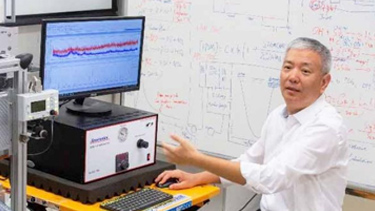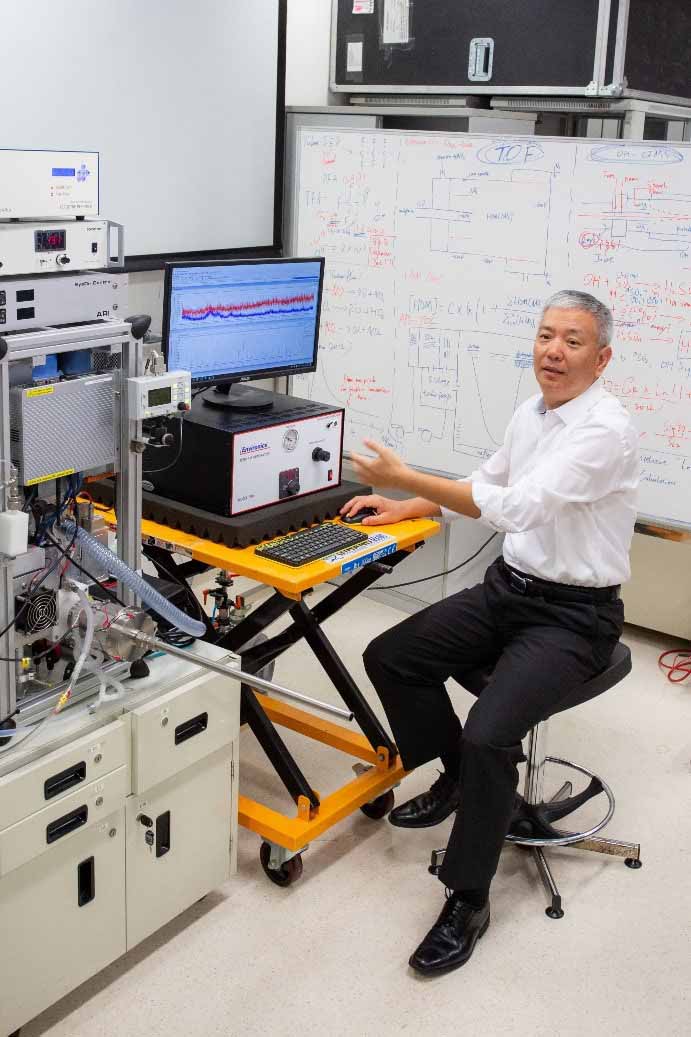Reducing Photochemical Air Pollution

Sponsored by

Sponsored by

Reducing Photochemical Air Pollution

A critical global concern for researchers at PolyU is photochemical air pollution. More commonly called smog, it is a distinct type of air pollution that occurs when air movement is restricted, filling the environment with a mixture of several compounds, including ozone. The mixture reduces visibility, causes eye irritation, cracks rubber in tires, and often damages vegetation, resulting in an economic loss for farmers and commercial growers.
This type of air pollution is most common in highly motorized or heavily industrialized cities, ranging from Hong Kong to Los Angeles to Jaipur, India. Hong Kong and the adjacent Pearl River Delta together represent one of the most populated and economically vibrant regions in China. However, the rapid consumption of fossil fuel in this area has deteriorated the air quality. Even though the governments have tried to reduce the pollution levels, photochemical pollution in the region has not improved much.
“Addressing these issues is crucial in formulating effective mitigation strategies for urbanized subtropical and vegetated regions,” says Prof. Wang, a chair professor in atmospheric environment at PolyU. Prof. Wang and his research team are studying the complex emissions from vehicle exhaust, industrial operations, and other sources on land and at sea, so they can recommend the best strategies to mitigate photochemical pollution. They are also trying to develop more effective modeling systems with better predictive capability for use in complex geographical areas.
Supported by a grant of over $4.2 million (HK$33 million), the PolyU scientists are working on this five-year project with experts at the Max Planck Institute for Meteorology in Germany and the National Center for Atmospheric Research in the U.S., as well as with researchers from the Chinese Academy of Sciences, the University of California at Berkeley, the Chinese University of Hong Kong, the Hong Kong University of Science and Technology and the University of Hong Kong.
“Overall, our goal is to conduct world-class research and to strategically support developing a green Hong Kong, China, and Asia,” says Prof. Wang.